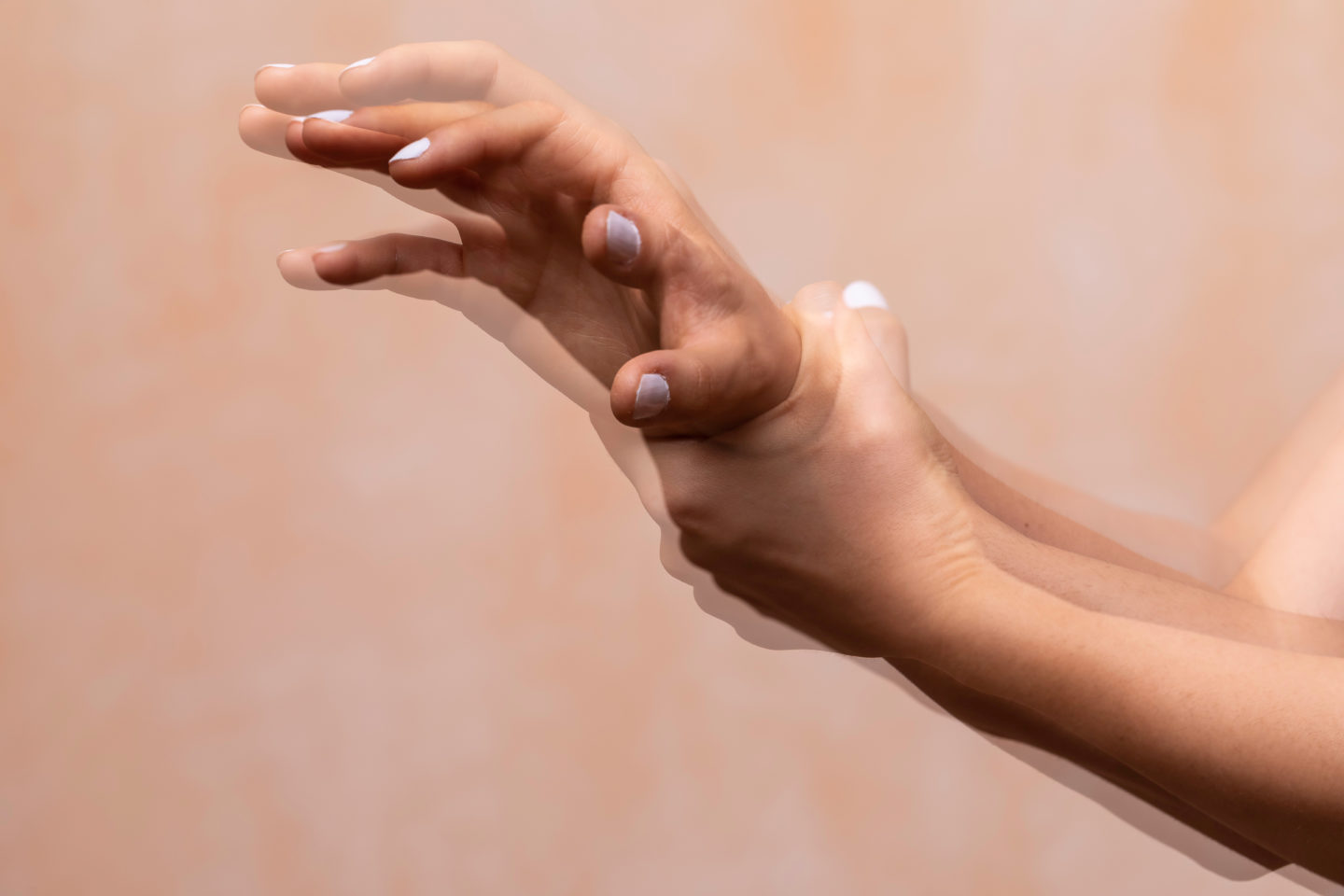Study Shows Cannabinoids May Help With Pathological Tremors
FeaturedTrending Stories March 25, 2021 MJ Shareholders 0

A new study from the Department of Neuroscience at the Faculty of Health and Medical Sciences at the University of Copenhagen, published in Nature Neuroscience and titled “Spinal astroglial cannabinoid receptors control pathological tremor,” shows how cannabis could help those who suffer from pathological tremors.
According to the study, cannabinoids can interact with a certain type of star-shaped cell, called an astrocyte, in the spinal cord to help with tremors. Cannabinoids do this by regulating the release of purines and metabolites and regulating the transmission of electrical signals to the synapses.
The Study and Its Impact
In order to conduct the study, the research team used a mouse model to show how cannabis can help with tremors, conditions often brought on by trauma or neurodivergent disorders, that can cause uncontrollable shaking of the head or limbs. These conditions impact more than 200,000 people per year just in the U.S., so relief is much-needed.
“We have focused on the disease, essential tremor. It causes involuntary shaking, which can be extremely inhibitory and seriously reduce the patient’s quality of life. However, the cannabinoid might also have a beneficial effect on sclerosis and spinal cord injuries, for example, which also cause involuntary shaking,” said Jean-François Perrier, PhD, who worked on the project.
“We discovered that an injection with the cannabinoid WIN55,212-2 into the spinal cord turns on the astrocytes in the spinal cord and prompts them to release the substance adenosine, which subsequently reduces nerve activity and thus the undesired shaking. These findings may result in the development of targeted treatment with little or no side effects. In probing astrocytes to understand the biological effects of cannabis, the researchers take a novel approach as earlier studies have focused primarily on neurons.”
“One might imagine a new approach to medical cannabis for shaking, where you—during the development of cannabis-based medicinal products—target the treatment either at the spinal cord or the astrocytes—or, at best, the astrocytes of the spinal cord,” said Eva Carlsen, PhD, who worked on the project as part of her postdoctoral research.
“Using this approach will avoid affecting the neurons in the brain responsible for our memory and cognitive abilities, and we would be able to offer patients suffering from involuntary shaking effective treatment without exposing them to any of the most problematic side effects of medical cannabis.”
Essentially, limb movements all start at the spinal cord, and that goes for voluntary and involuntary movements. This happens when the motor neurons in the spinal cord are activated to trigger the muscles. When the motor neurons in the spinal cord send out conflicting signals, muscle movement doesn’t happen as planned, which can lead to involuntary tremors and movements. By looking into how motor neurons in the spinal cord work with cannabinoids, the research team was better able to understand the impacts of cannabis use and how it can help with tremors.
This research is huge for the future of cannabis healing, as it shows new ways that the plant can impact those with specific, hard-to-treat conditions who are searching for relief.
MJ Shareholders
MJShareholders.com is the largest dedicated financial network and leading corporate communications firm serving the legal cannabis industry. Our network aims to connect public marijuana companies with these focused cannabis audiences across the US and Canada that are critical for growth: Short and long term cannabis investors Active funding sources Mainstream media Business leaders Cannabis consumers









No comments so far.
Be first to leave comment below.